Preparing for a Disaster - Earthquake
Ensure that your home and surroundings are maintained properly on a daily basis, to prevent structures from collapsing and furniture from falling in the event of an earthquake.
Ensuring Safety in Your Home
In the event of an earthquake, furniture may topple over and things may fall. This not only can cause severe injury but may also block escape routes. Any piece of furniture that may topple must therefore be securely fixed to a wall or similar beforehand, and precautions should be taken to the placement of furniture.
1. Preventing furniture from toppling
Place furniture on a firm floor (wooden-floored alcove etc.). If furniture is placed on a tatami-mat floor, using a wooden board or similar as a supporting base may help to provide stability.
Furthermore, use commercially available fittings to secure furniture to a wall or similar.
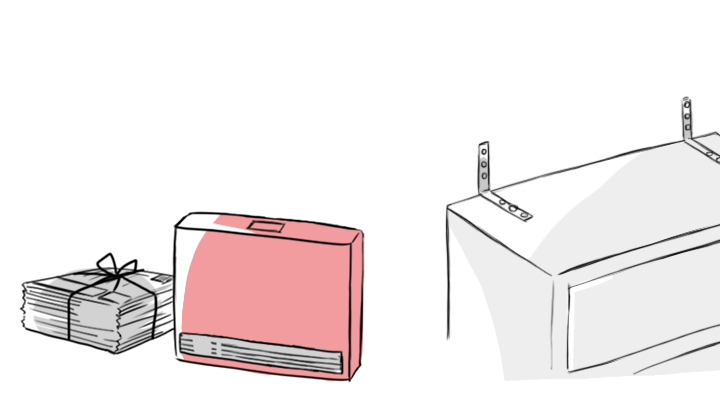
Avoid placing large furniture near a bed or other sleeping location, because it may fall and bury a person if an earthquake occurs at night.
Big and heavy furniture such as large wardrobes, sofas, etc. should be used on the ground floor if possible and arranged in such a way as not to block escape routes even when toppled.
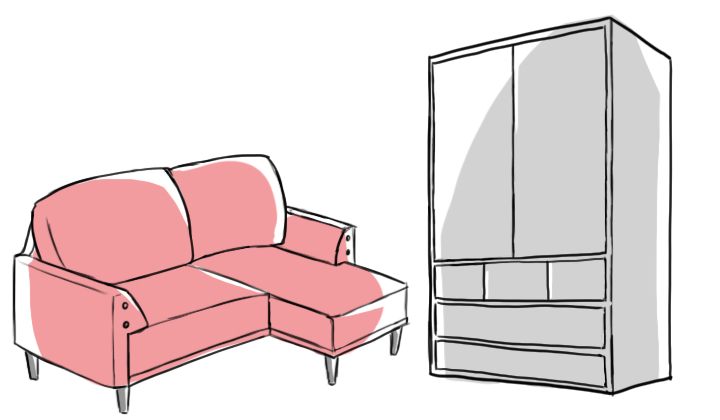
2. Preventing things from falling and breaking
To keep glass panes of cupboards and windows from shattering and scattering dangerous shards, sticking shatterproof film on such surfaces is recommended.
Do not place heavy objects in high places, and secure glass objects, heavy books and other objects on shelves to keep them from sliding.
Walking barefoot on a floor where debris has been scattered can result in injuries. Have slippers, sneakers or other footwear ready to wear in case of an emergency.
3. Keeping space open
It is important to have some open space in the home. In particular, a clear path should always be kept in hallways and near the entrance.
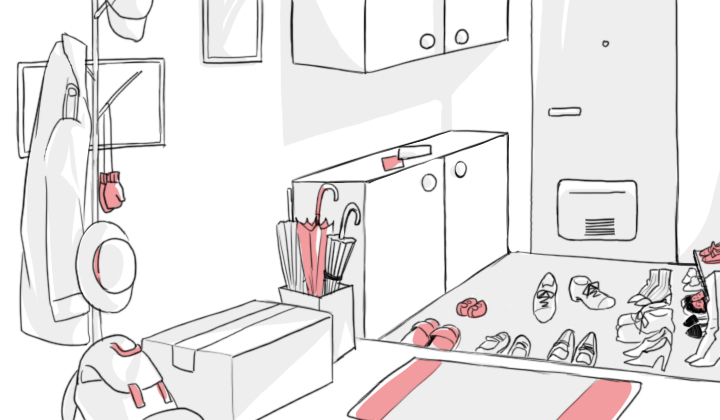
Preventing Electric Fires in an Earthquake
1. What is an electric fire?
One of the causes of fires that occur in the event of a large-scale earthquake is electric fires. In some cases, a fire may occur when electrical equipment falls over and comes into contact with combustible materials, or when damaged electrical equipment or wiring is energized when power is restored after a power outage.
2. Seismic breaker
An effective way of preventing electric fires is installation of seismic breakers. These products are circuit breakers that detect the vibrations from an earthquake and automatically turn off the power. This is useful especially when nobody is home or when occupants don’t have the time to turn off appliances before evacuating.
Flick for details.
| Distribution panel type (integrated) |
Distribution panel type (retrofit) |
AC outlet type | Simple type |
|---|---|---|---|
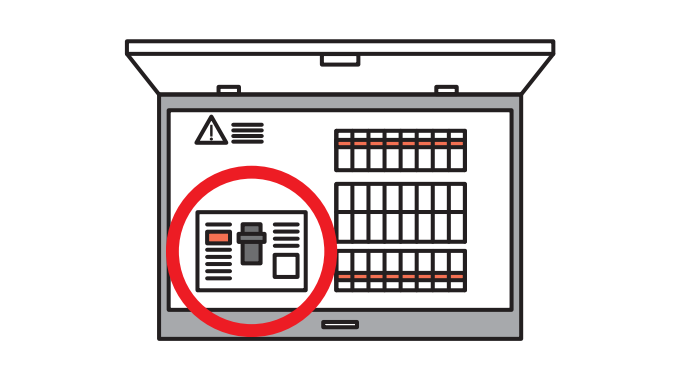 |
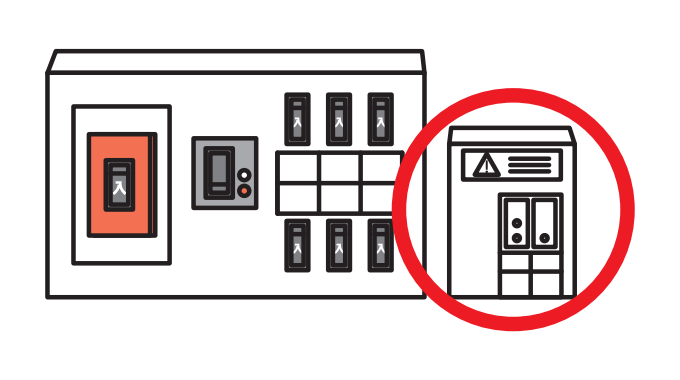 |
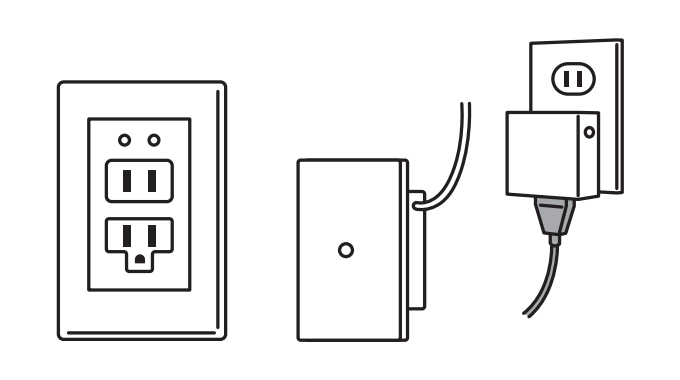 |
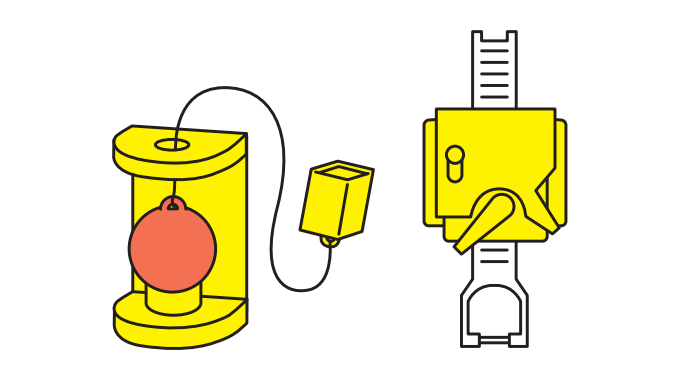 |
| A sensor integrated in the panel detects vibrations and turns off the breaker to shut off the electricity. | A special circuit breaker that has been retrofitted to the panel. This is possible when a leakage breaker is installed. | A sensor integrated in the AC outlet detects vibrations and shuts off the electricity from the outlet. | A spring or other mechanism detects vibrations and turns off the breaker to shut off the electricity. |
| Installation work required | Installation work required | Some types require installation work but others can be simply plugged in. | No installation work required |
* Source: “Seismic breaker information leaflet” (Ministry of Economy, Trade and Industry) (https://www.meti.go.jp/policy/safety_security/industrial_safety/oshirase/2015/10/20190408-1.pdf)
Ensuring Safety Around Your Home
Check your home and its surroundings for potential dangers, and repair and reinforce as necessary.
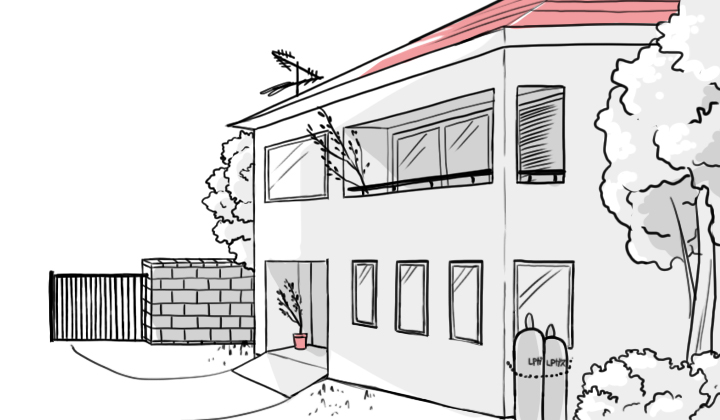
First ensure that pillars, beams and other parts of the foundation of the house are solid and safe. Damage for example caused by termites can lead to collapse in case of an earthquake.
Reinforce fences, walls, gateposts, roof tiles, antennas, etc. if they are unstable.
In addition, secure any objects on verandas or around the house that may pose a risk by toppling over or falling.
Information for Foreign Residents of Japan Menu

